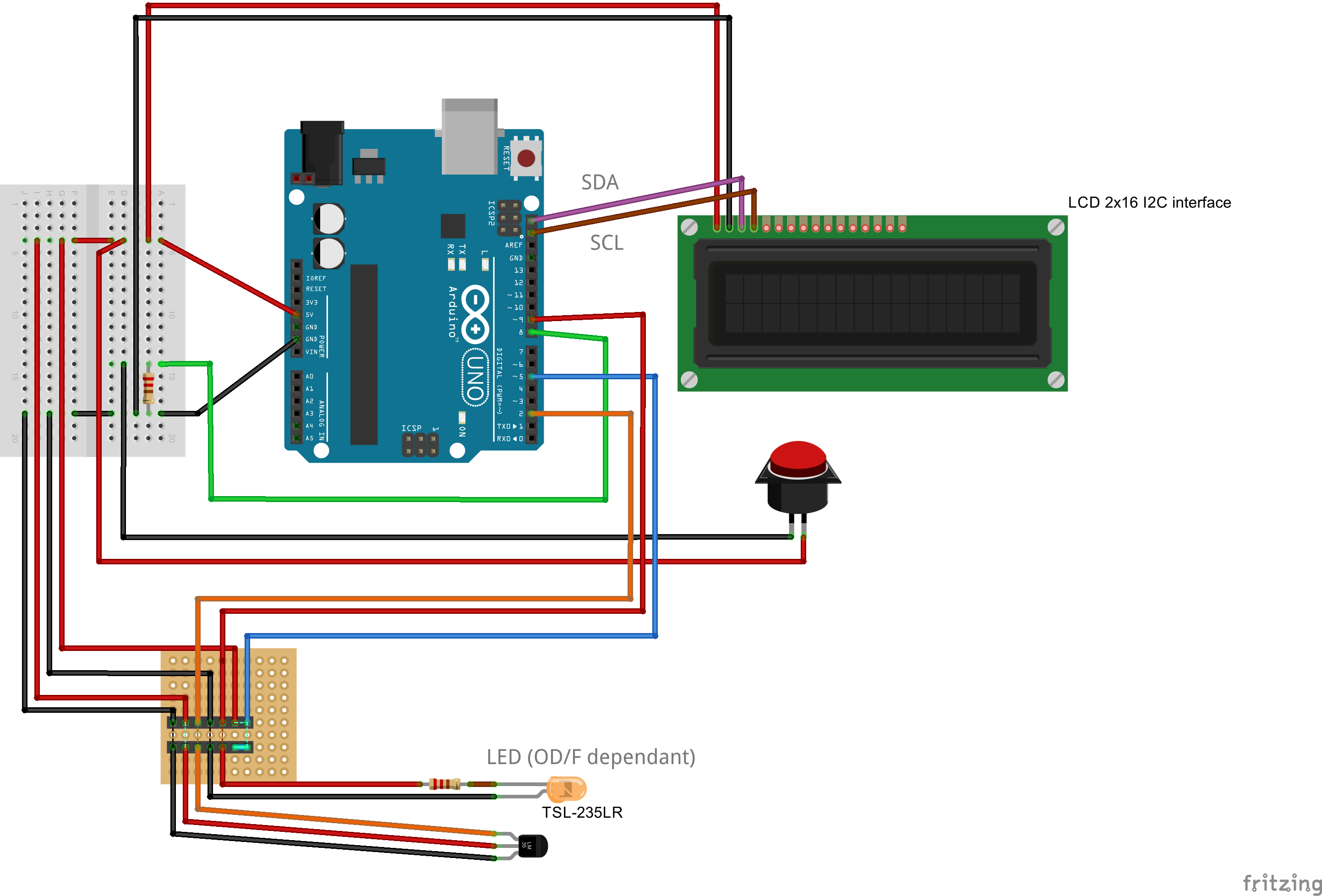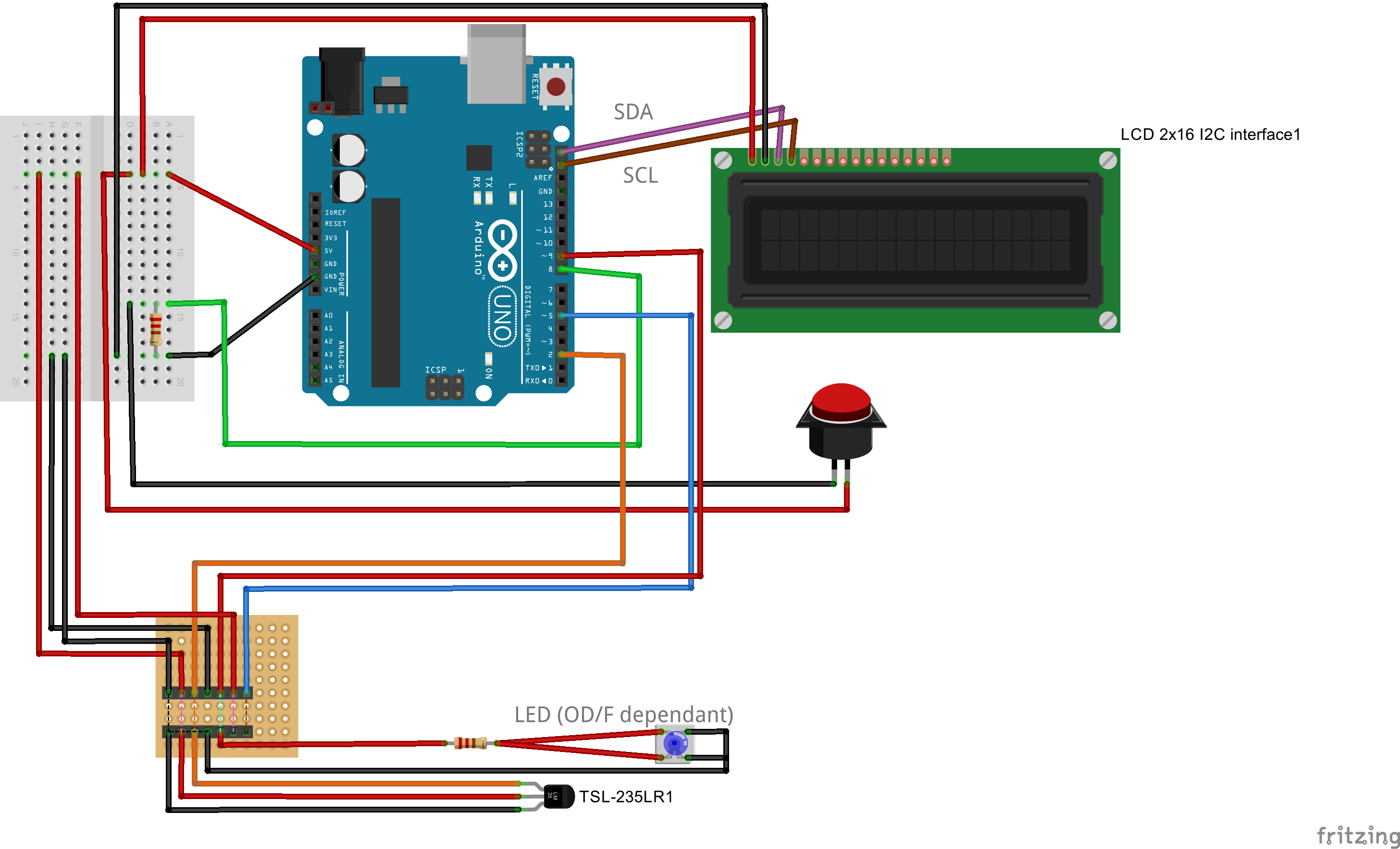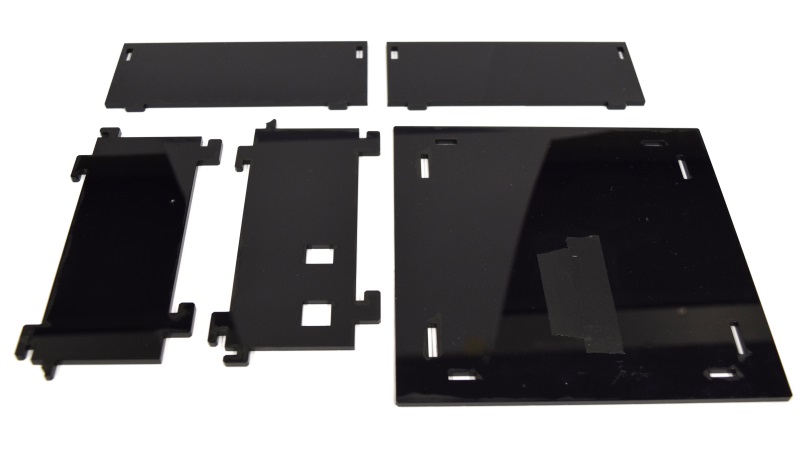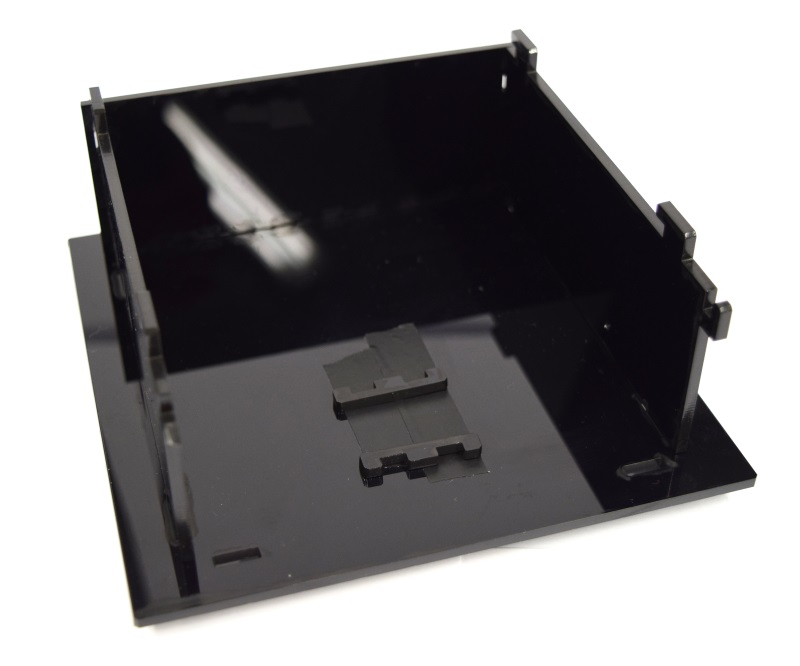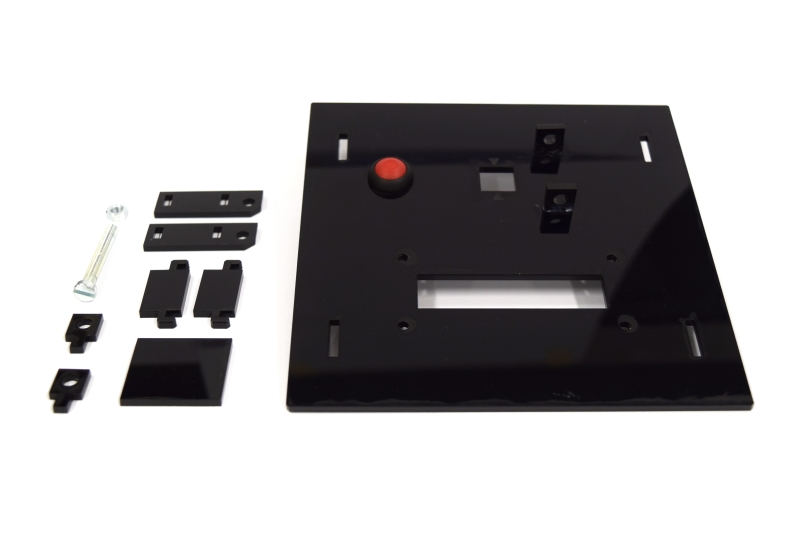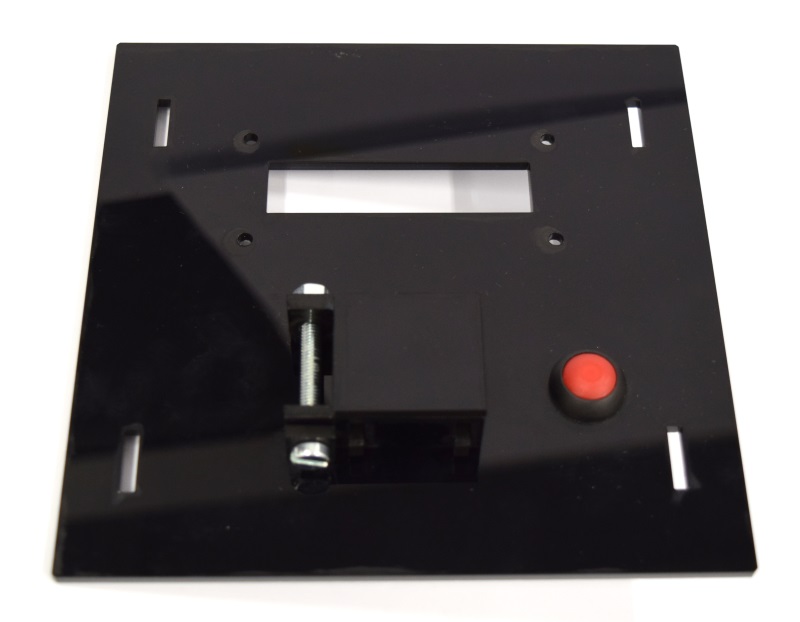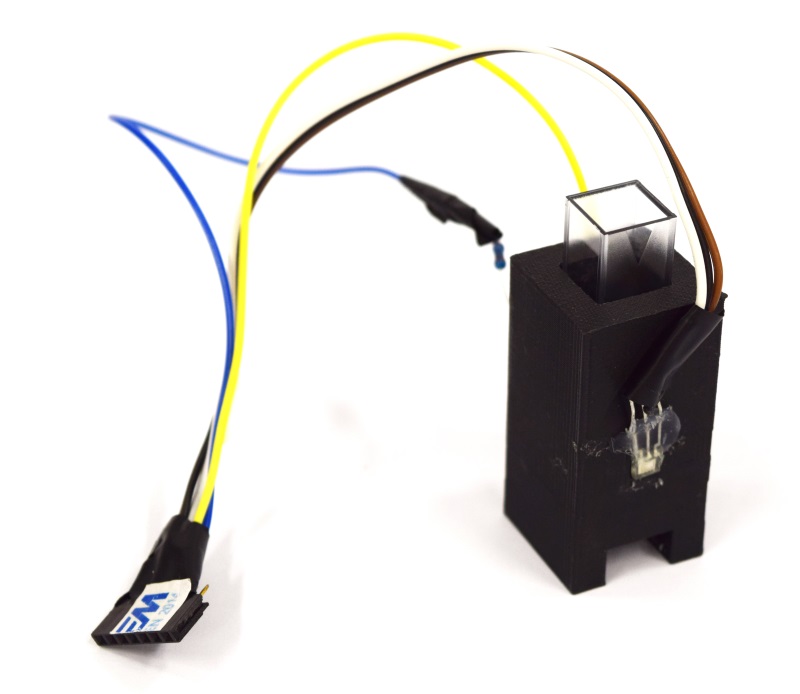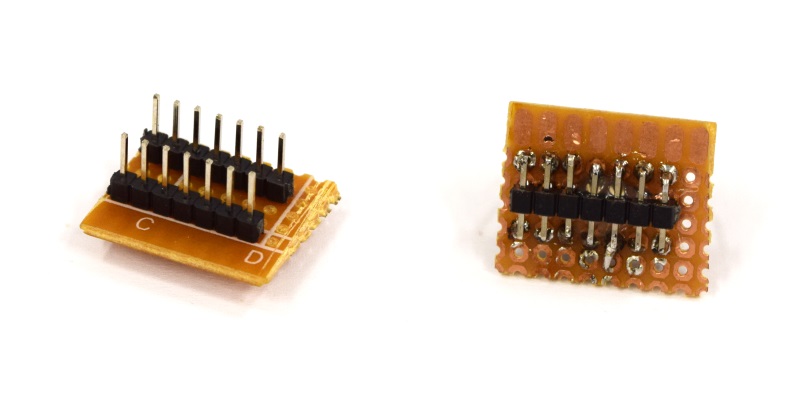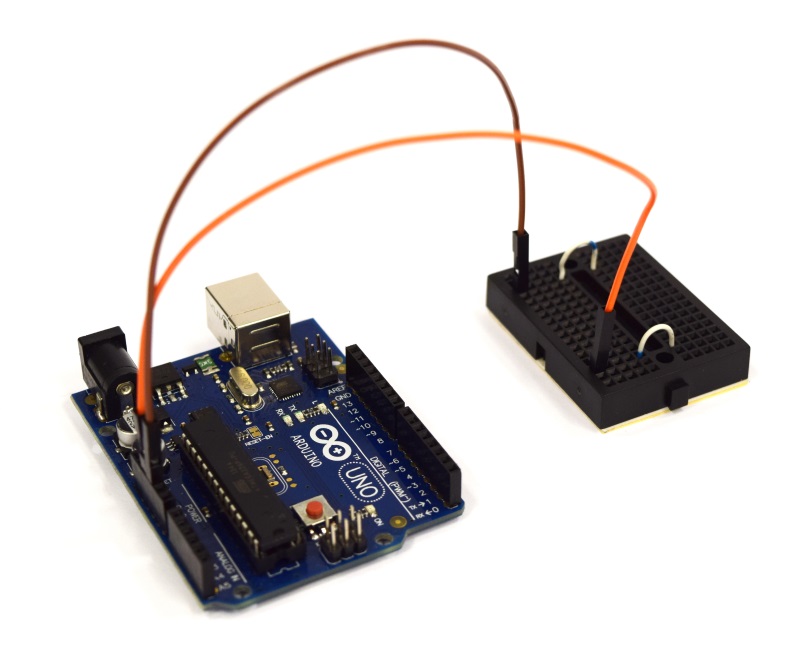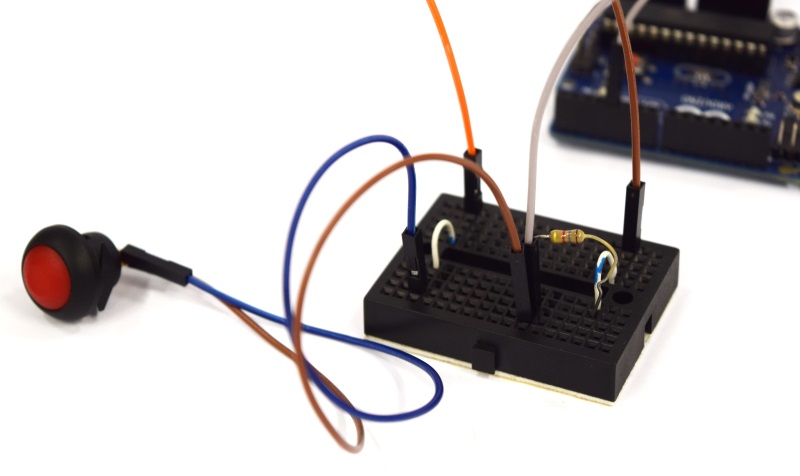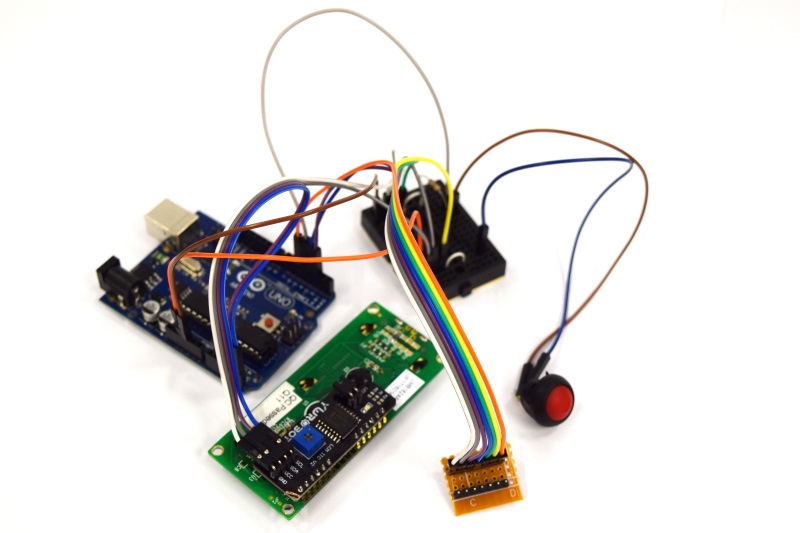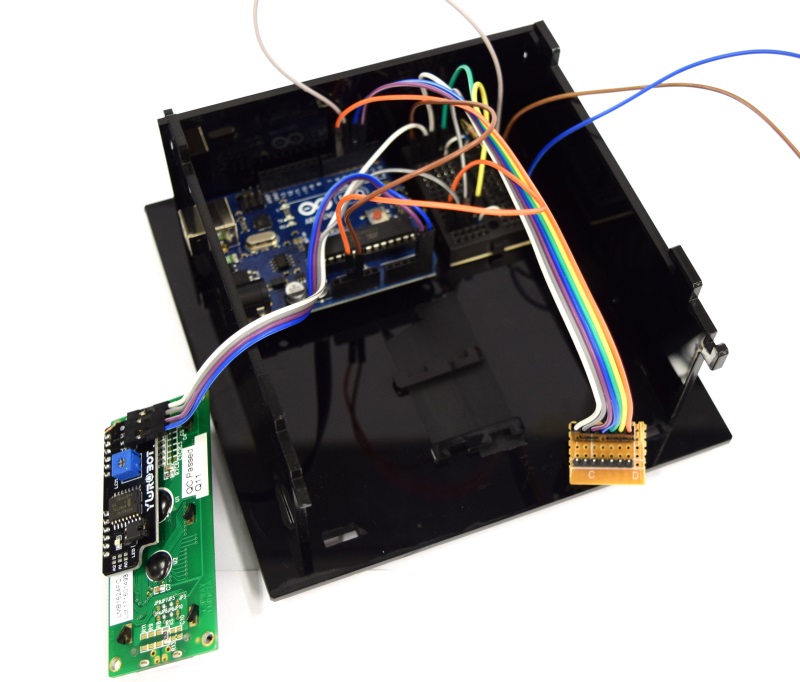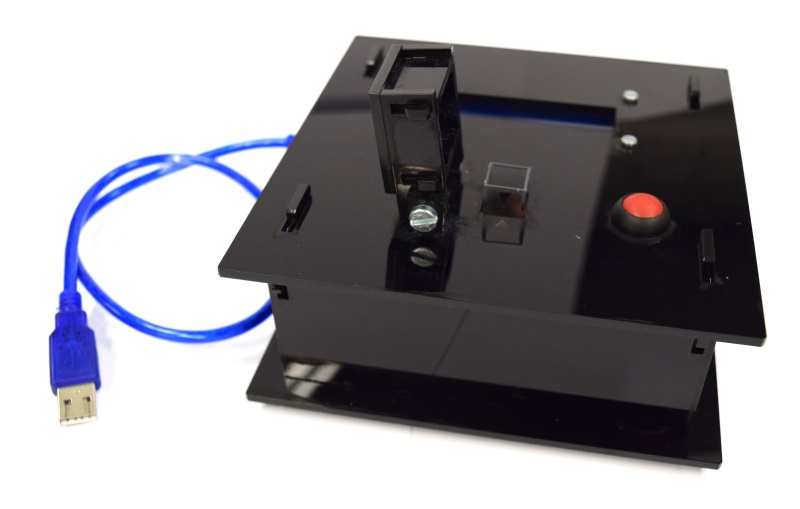Team:Aachen/OD/F device
From 2014.igem.org
(→F device) |
(→OD/F device) |
||
| Line 18: | Line 18: | ||
Also regarding fluorescence, we're not re-inventing the wheel (well, not totally). The 2010 iGEM Cambridge team actually build a very similar device, the [https://2010.igem.org/Team:Cambridge/Tools/Eglometer E.glometer]. However, there's no data available showing an actual comparison of the data from their device, and some proven, commercial system, e.g. to assess linearity of the measurement. | Also regarding fluorescence, we're not re-inventing the wheel (well, not totally). The 2010 iGEM Cambridge team actually build a very similar device, the [https://2010.igem.org/Team:Cambridge/Tools/Eglometer E.glometer]. However, there's no data available showing an actual comparison of the data from their device, and some proven, commercial system, e.g. to assess linearity of the measurement. | ||
| + | == Development == | ||
| + | |||
| + | Developing the OD/F device has been an interesting task. On the one hand, this device has been developed mainly by the computer guys. On the other hand, the biologists affected from color-blindness helped to select the correct filters for the LEDs. Not the best combinations to recommend ;) . | ||
| + | |||
| + | Being naive, the computer guys first attached the sensor to the couvette holder at approximately 1.5cm, which was perfectly suited for 3ml cuvettes. However, those are not widely used anymore, and we migrated to 1.6ml cuvettes. As it turns out, if the sensor sits at 1.5cm, it just hits the position where the cuvette enlarges again - and most importantly, where the edge of the sample solution is. | ||
| + | This results in diffraction on the surface of the sample, and finally renders any measurement results into - from a computer scientific point of view - a perfect random number generator. | ||
| + | |||
| + | However, placing the sensor very low brings problems with sedimentation as well as diffractions from the bottom. Finally we place the sensor in 0.75cm height, which, as it turns out later, is very close to one of the standard heights (0.2cm, 0.8cm, 1.2cm) of OD meters. | ||
| + | The main problem here was also to have the sensor as close to the bottom, such that enough lights shines through for the fluorescence measurement, and to have it closer to the top, such that effects from sedimentation are reduced. | ||
| + | |||
| + | It is important to note, that despite the minimal fill heights of the 1.6ml cuvettes of 1.2ml, our device also works with fills of only 1ml, which comes closer to reality in the lab. | ||
| + | |||
| + | The final cuvette holder design is rendered below in a stl-file: | ||
| + | |||
| + | <html> | ||
| + | <center> | ||
| + | <iframe src="https://2014.igem.org/Team:Aachen/Notebook/Engineering/Cuvette3D?action=render | ||
| + | " width=500px height=500px frameBorder="0"></iframe> | ||
| + | </center> | ||
| + | </html> | ||
{{Team:Aachen/BlockSeparator}} | {{Team:Aachen/BlockSeparator}} | ||
Revision as of 00:35, 10 October 2014
|
|
|
|
 "
"
